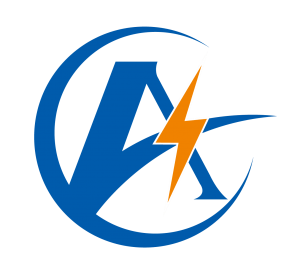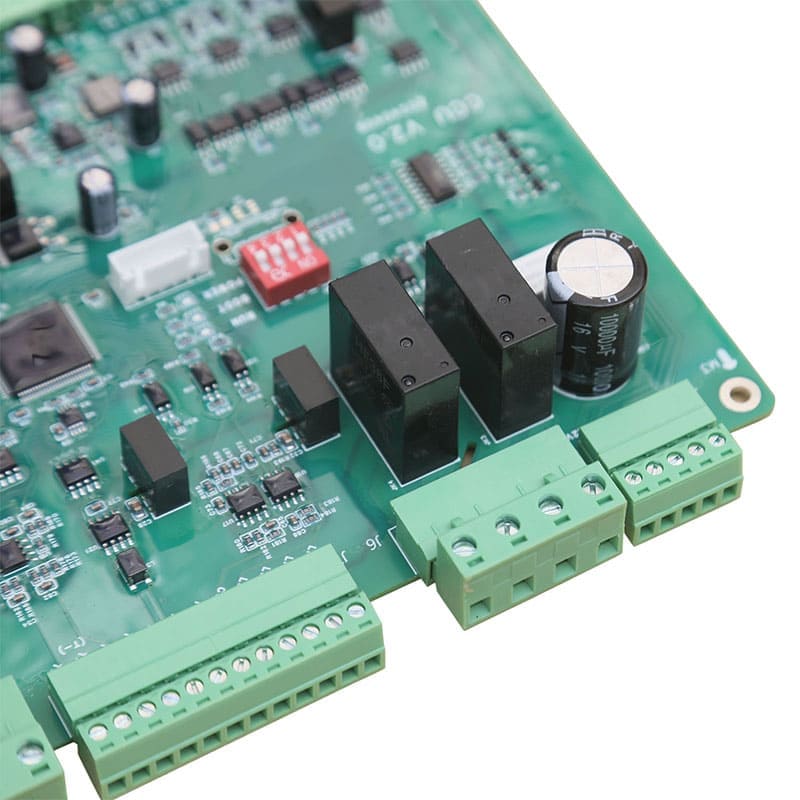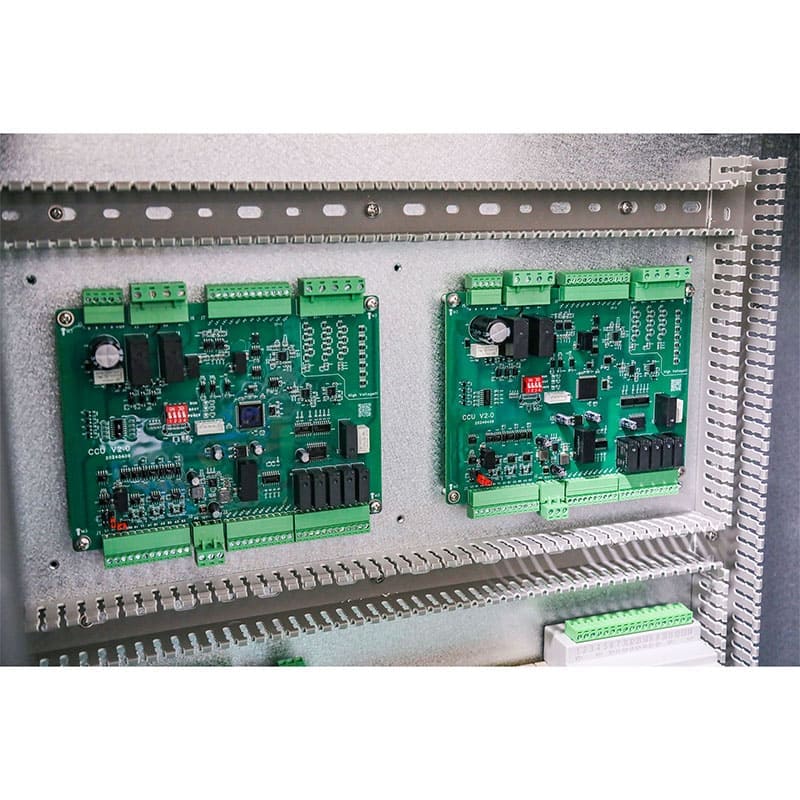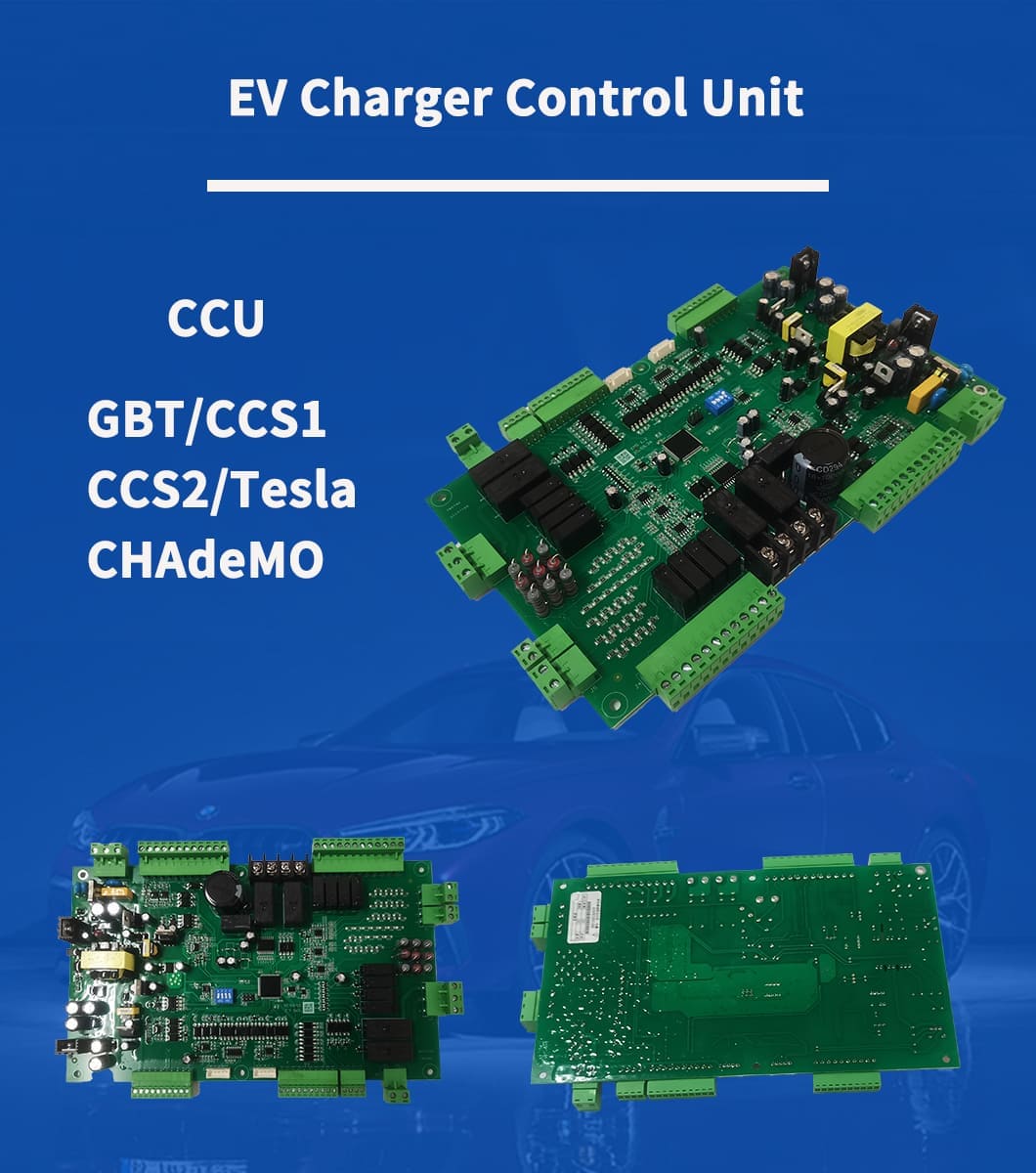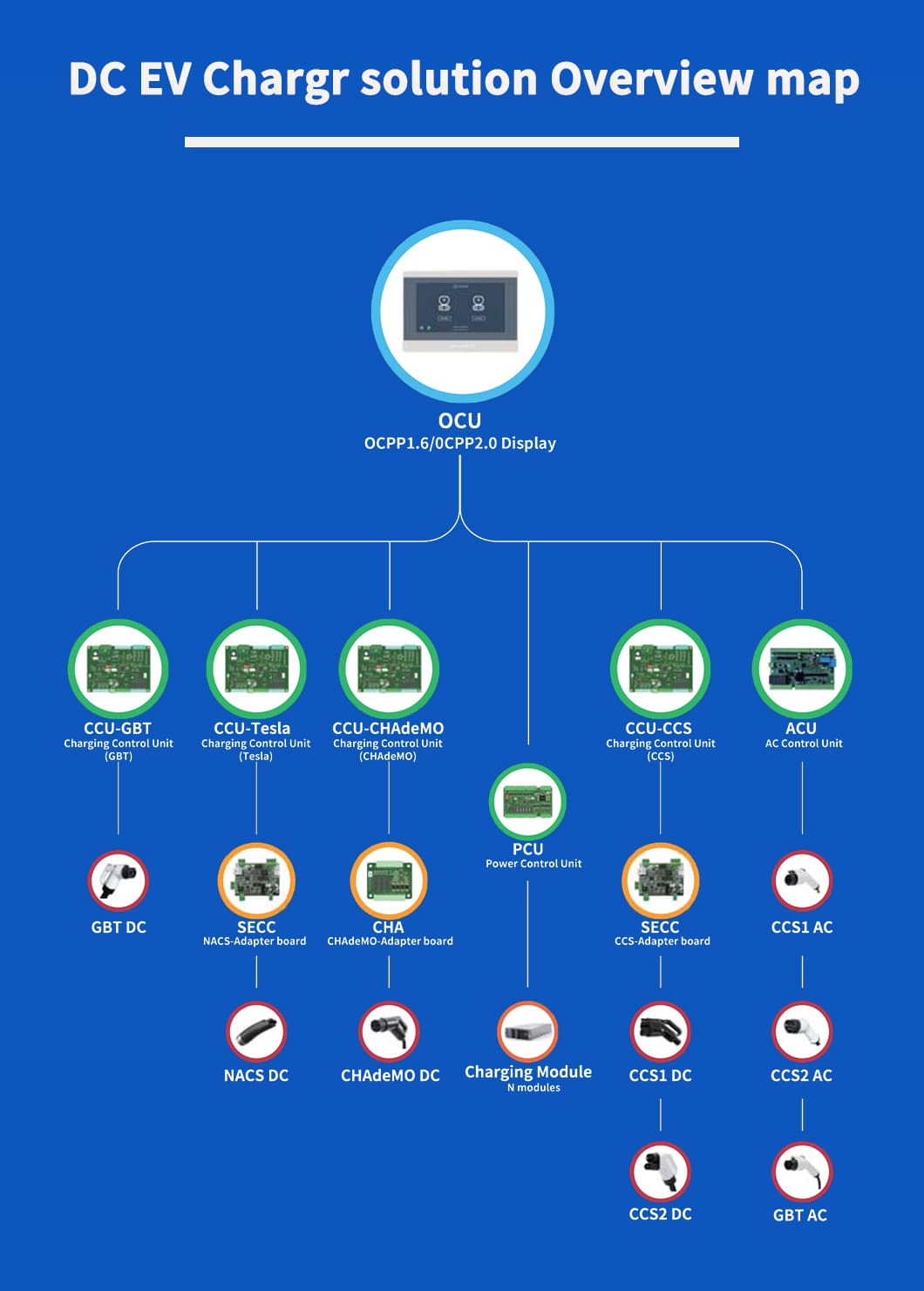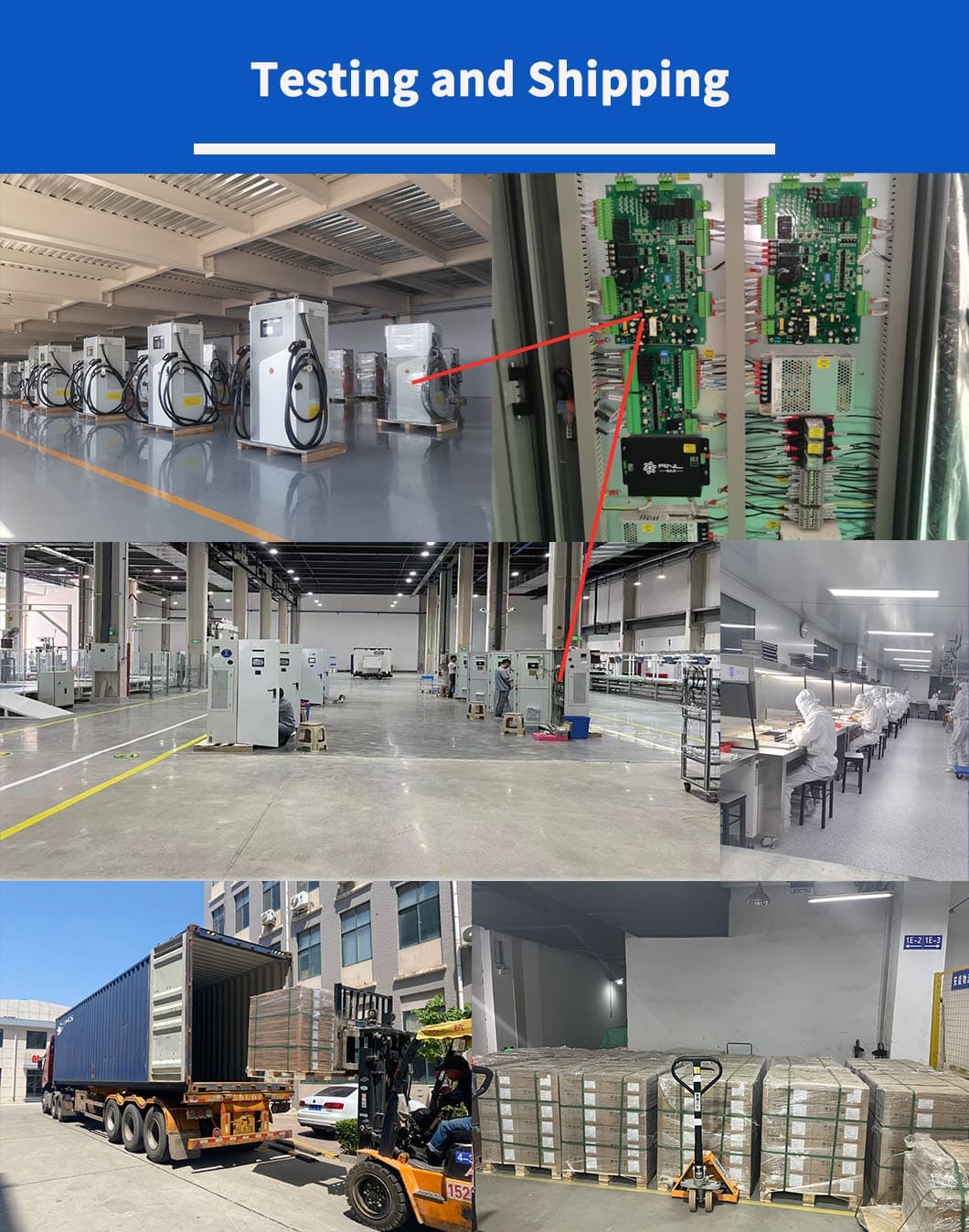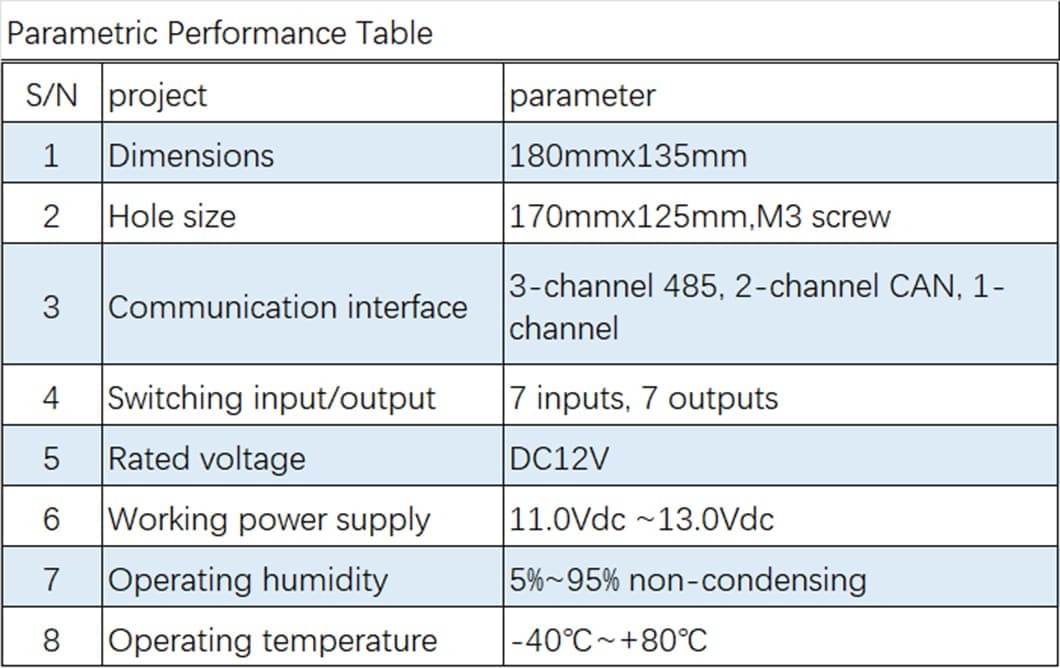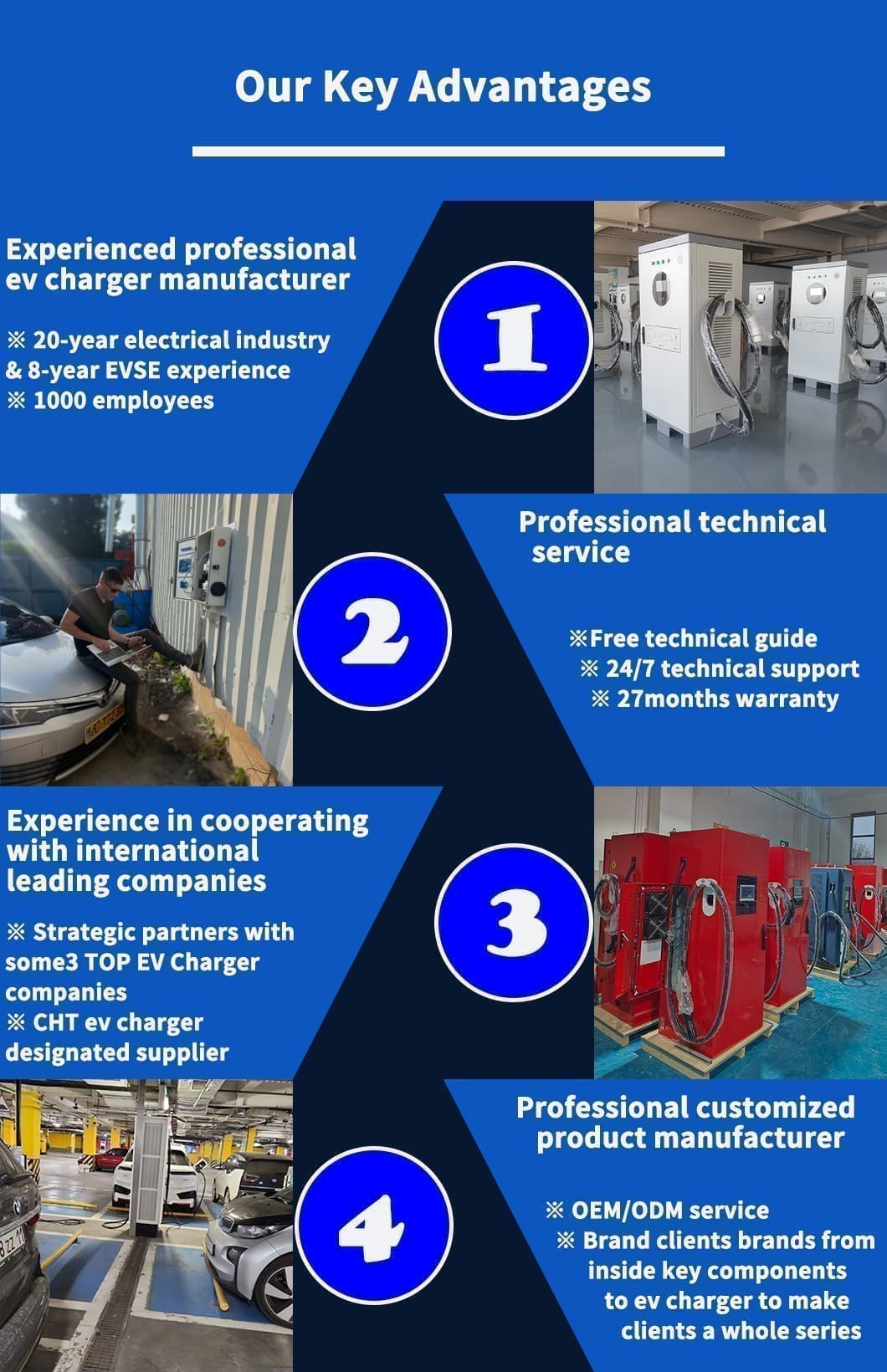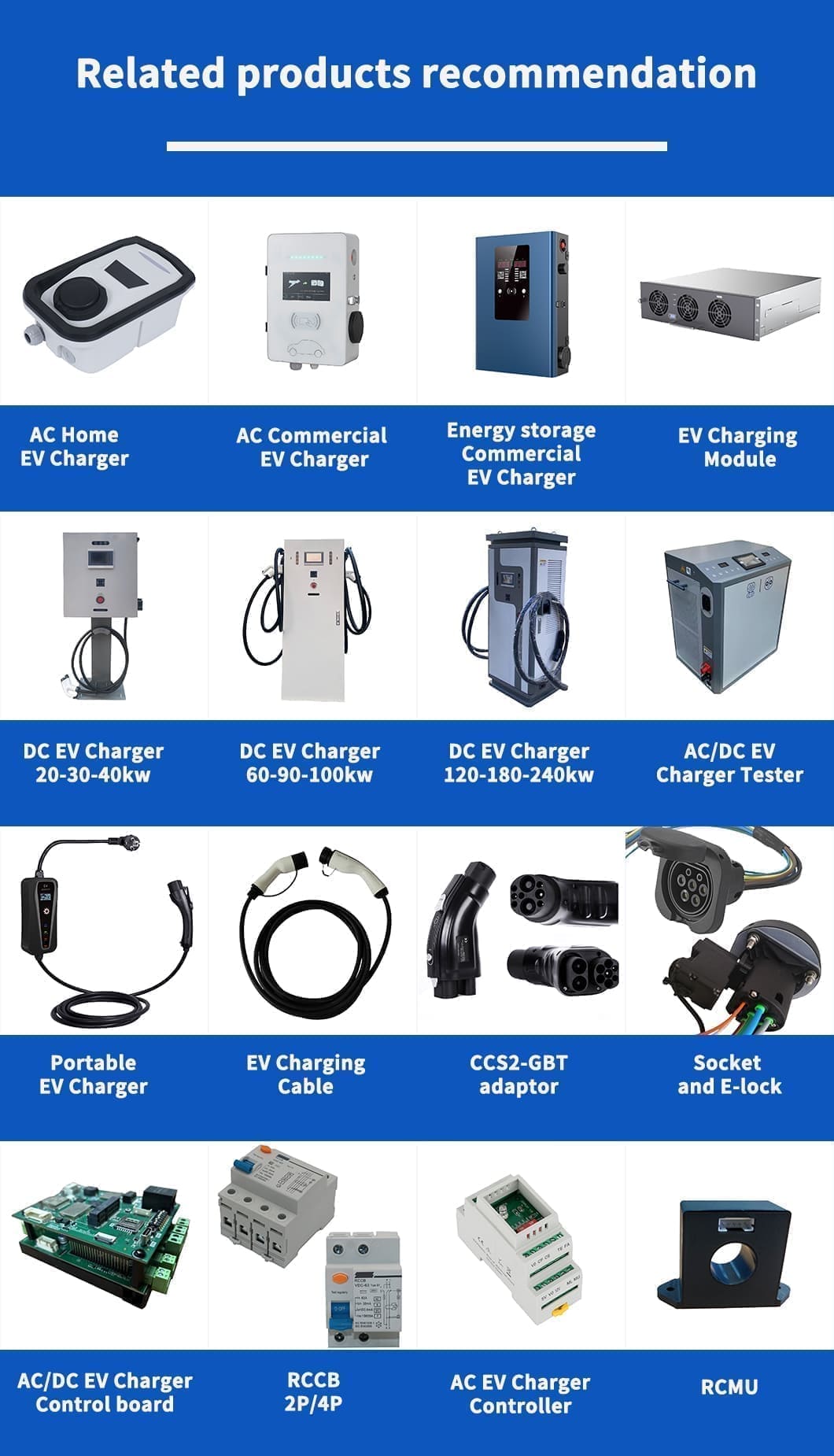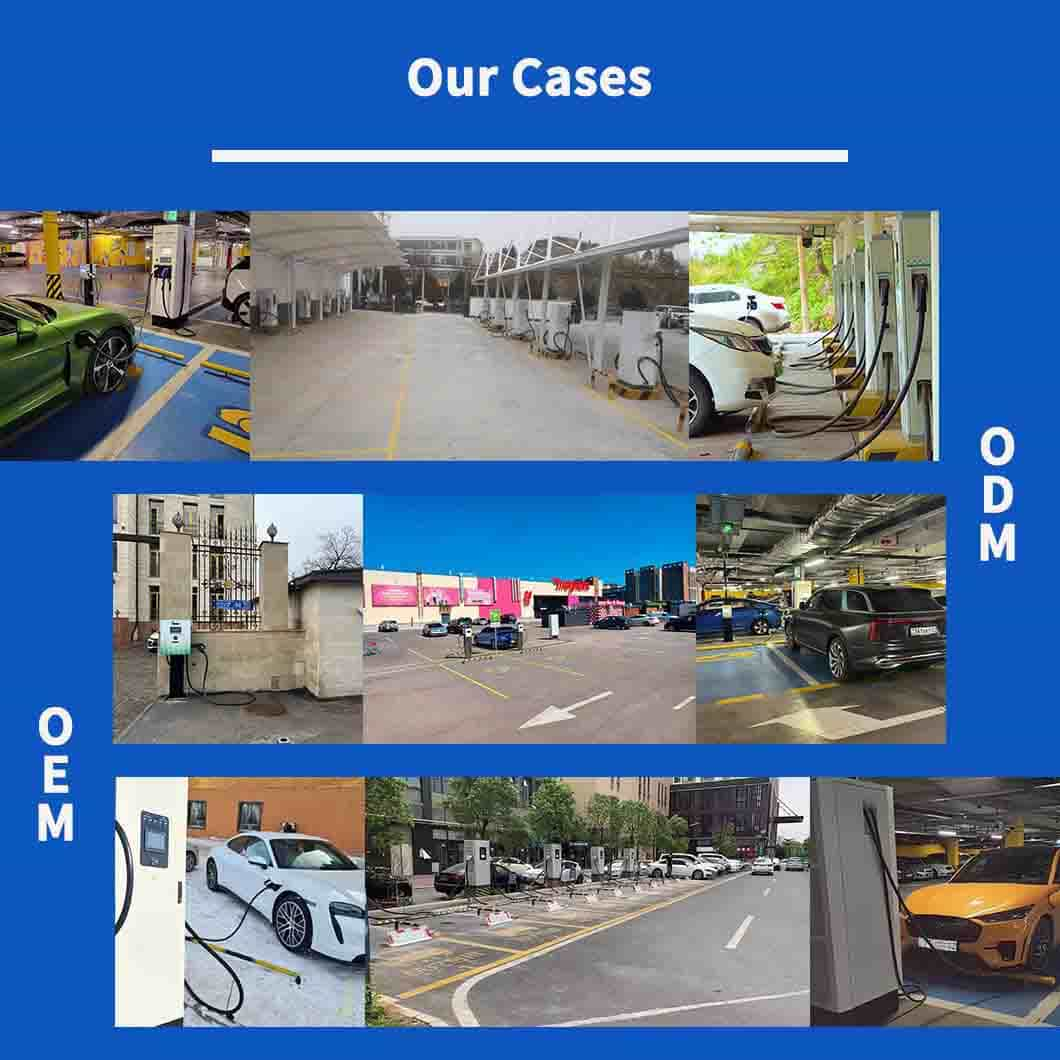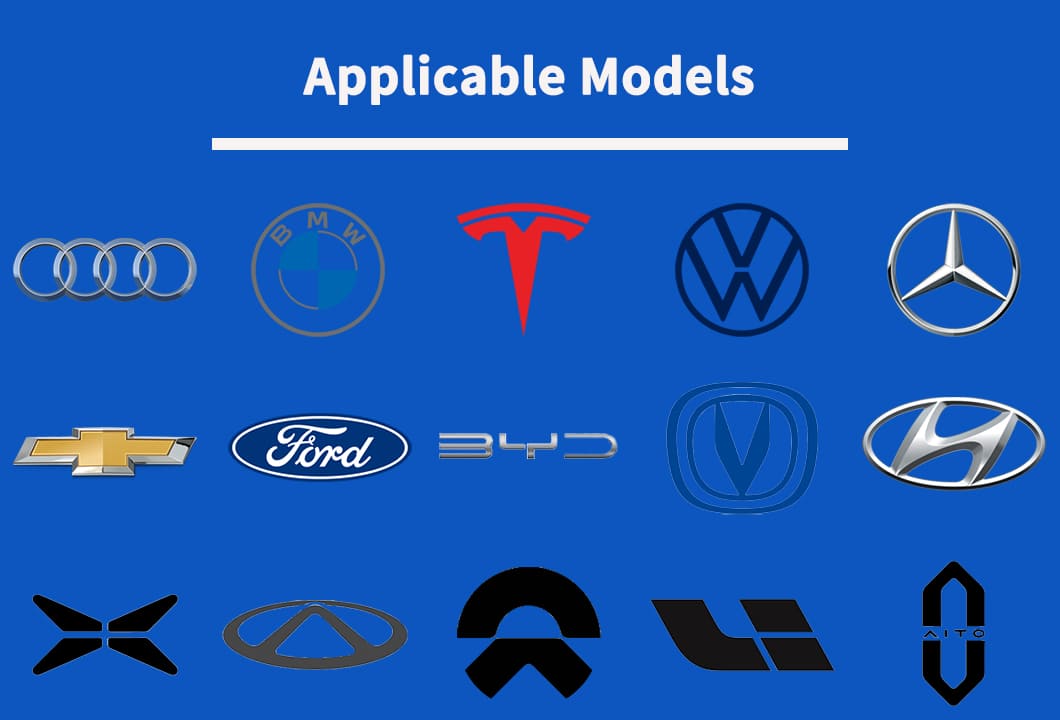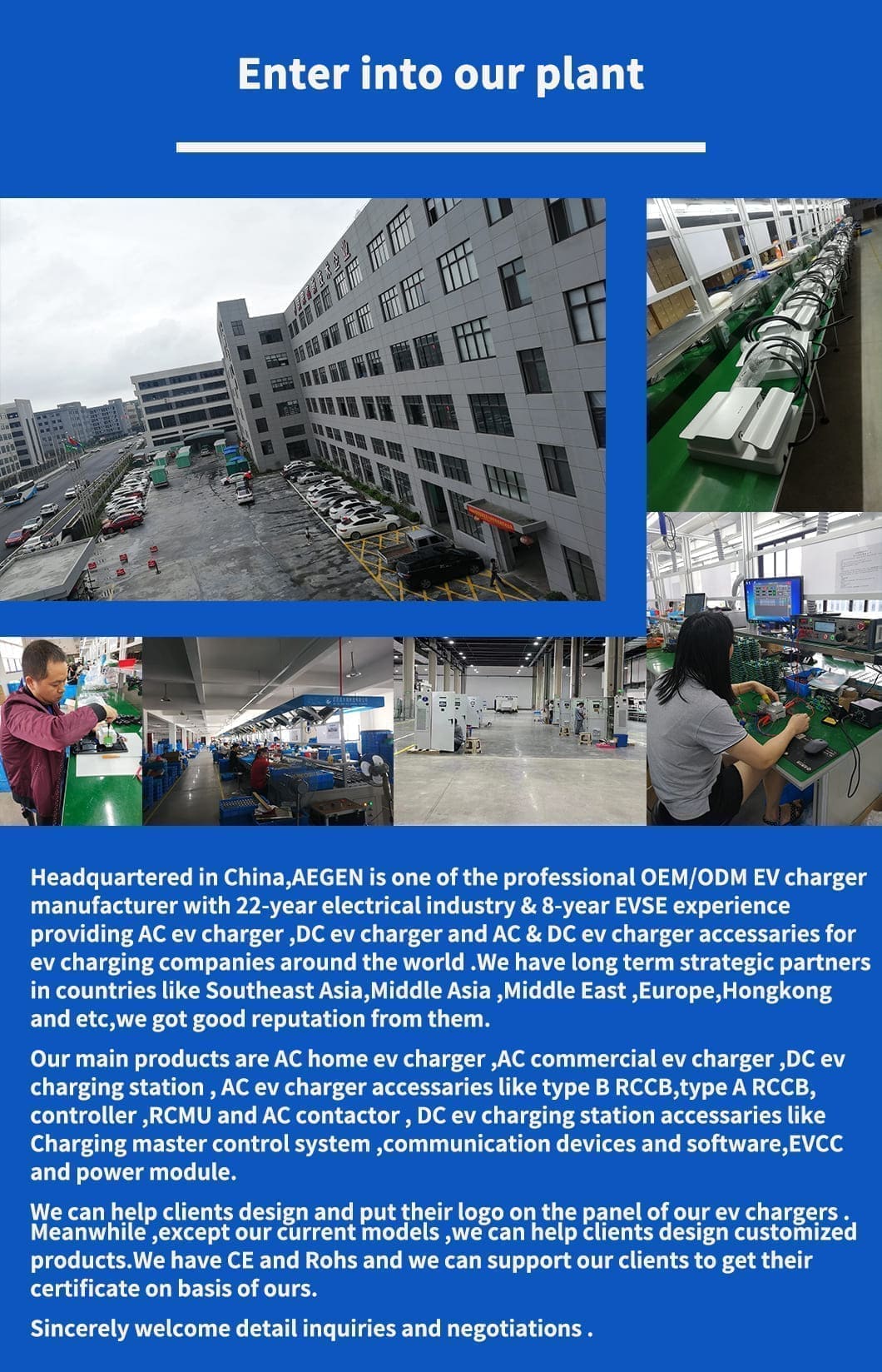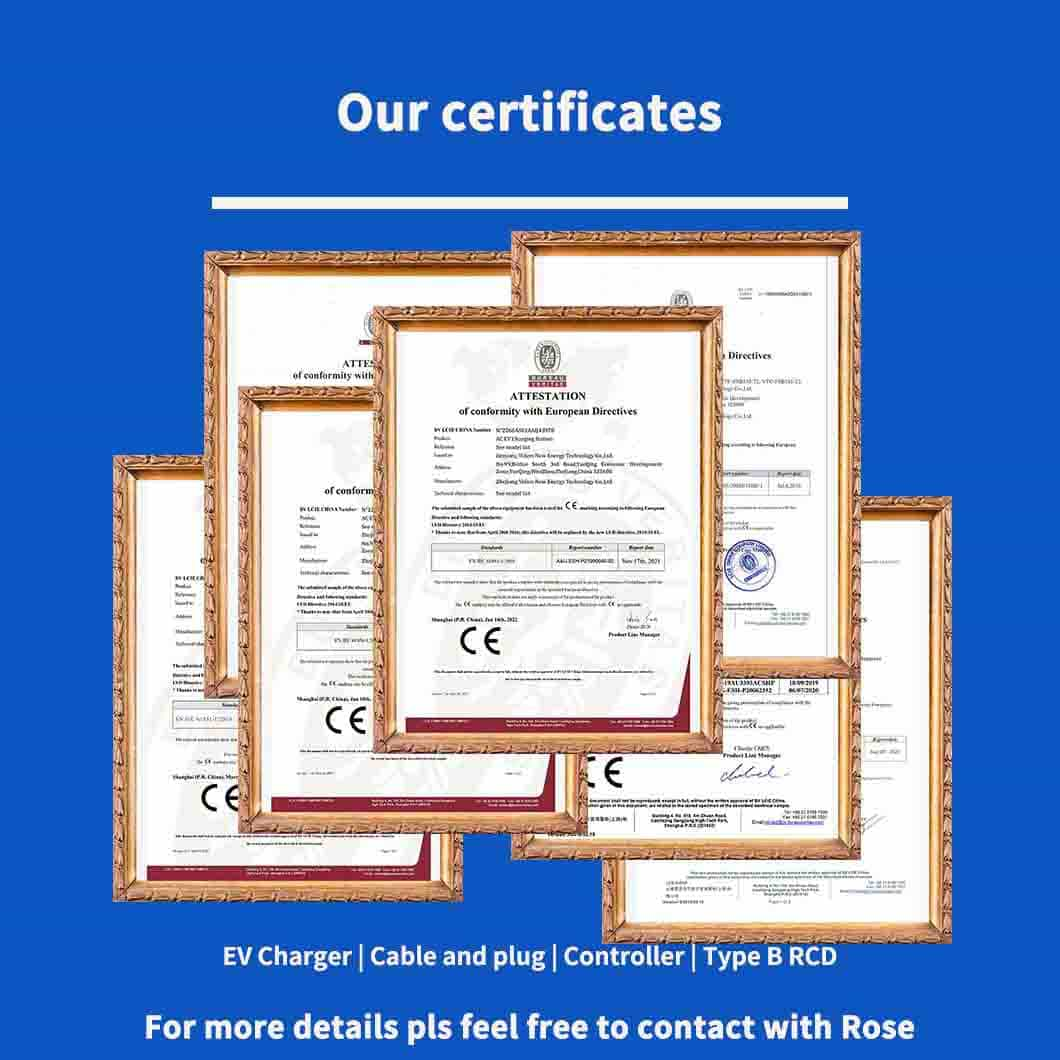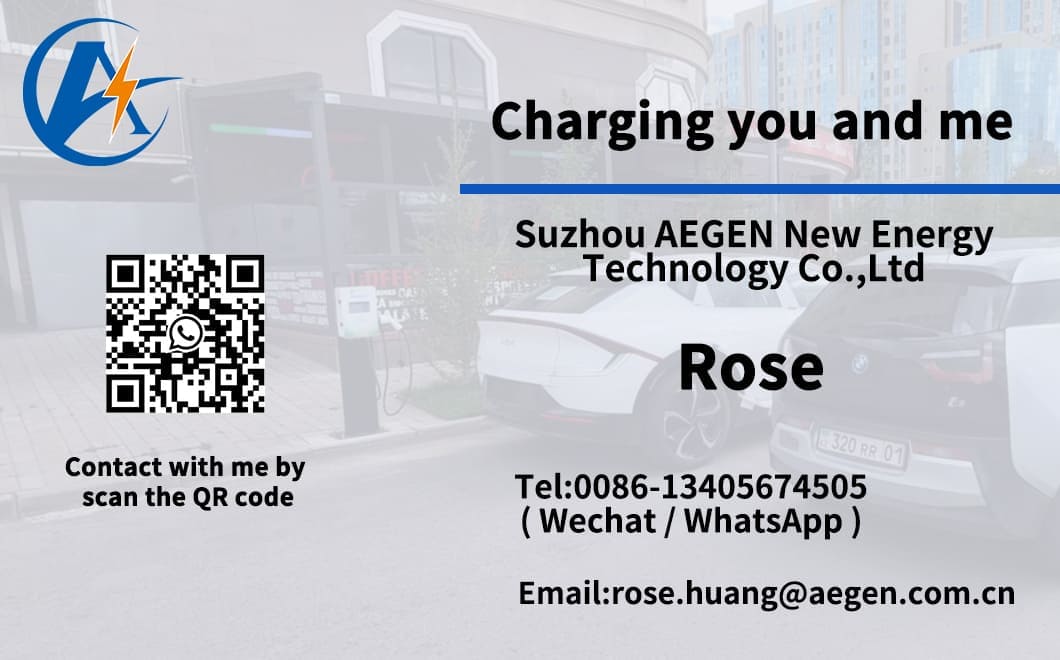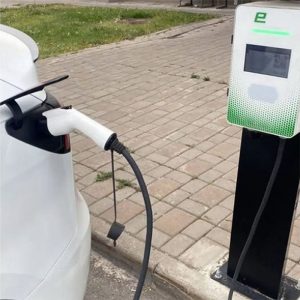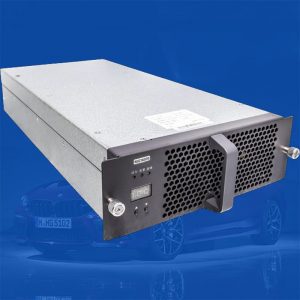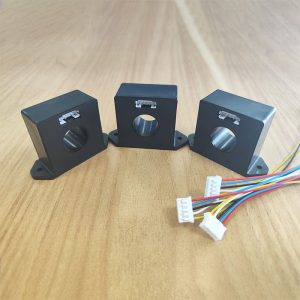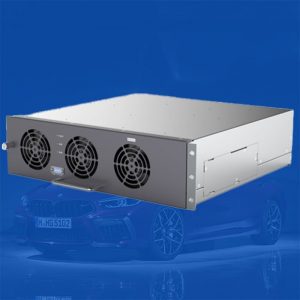The CCU (EV Charging Control Unit) is the core of the EV charging system, managing the entire process. As the system’s “brain,” it receives signals from vehicle controllers and charging stations, then controls charging for safety and efficiency.
The EV charging Control Unit communicates with the display (OCU), power control board (PCU), SECC, CHAdeMO conversion board, power module, and energy meter.
Its main functions include: Communicating with the OCU for remote debugging;Communicating with the PCU for remote debugging; Detecting the charging gun’s connection status; Collecting positive and negative .
EV Charging Control Unit – Key Components
The control unit in a CCU DC charging pile consists of: Rectifier – Converts AC input to DC output.
Inverter – Converts DC back to AC for grid feedback.
Controller – Manages the charging process, adjusting power input/output and timing while overseeing CCU operations.
Memory – Stores control programs and data.
Communication Interface – Enables interaction with other components.
Power Module – Regulates charging current.
How does EV charging Control Unit work ?
The CCU DC charging station control unit ensures secure electric vehicle charging by combining traditional charging technology with modern control. It converts AC to DC power, enabling fast, safe, and efficient charging.
Signal acquisition: The CCU collects signals (e.g., battery SOC, charging status, station type) from the vehicle controller, BMS, and charging station via CAN bus.
Data processing: The CCU analyzes the data to determine the optimal charging strategy.
Controller: Manages the charging process by adjusting input/output power and charging time while overseeing CCU operations.
Control output: The CCU sends commands to the charging station to regulate current, voltage, and other parameters.
Status monitoring: The CCU tracks the charging process in real time and adjusts the strategy as needed.
CCU’s communication protocol
CCUs typically use these communication protocols: CAN bus – A reliable serial protocol for automotive systems, enabling communication with the vehicle controller, BMS, etc.
Charging protocols – Supports standards like CHAdeMO, GB/T, and CCS.
Communication interfaces – Includes Ethernet, Wi-Fi, etc., for external system communication.
Key CCU Functions: Controller – Manages the charging process, adjusting input/output power and charging time while overseeing CCU operations.
Control output – Sends instructions to the charging station to regulate current, voltage, etc. Status monitoring – Tracks the charging process in real-time and adjusts the strategy as needed.
The future development trend of EV charging Control Unit:
Intelligent: Uses AI for smart charging control.
Networking: Connects the CCU to the internet for remote monitoring.
Integration: Works with other control units for better system synergy.
Note: EV charging standards evolve, so please check the latest technical specs before use.
We also have 20kw/30kw Simple Style DC Fast EV Charging station, which are suitable for home use ,plant use or company use, if you want to know,and please contact Rose.
